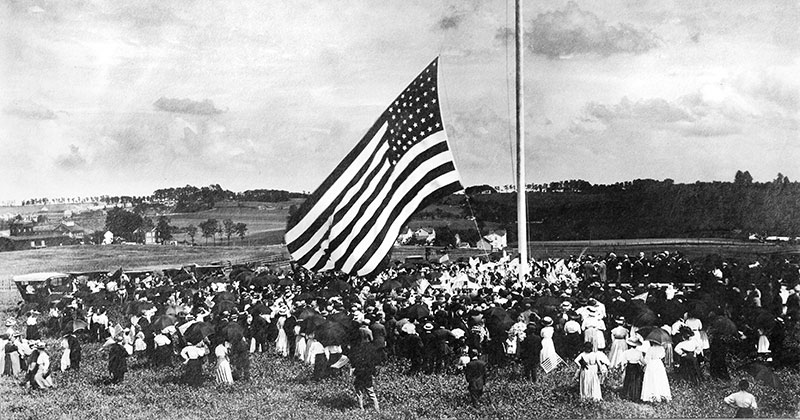
The Chinese have a saying that goes ‘It’s easy to open a business but keeping it open is an art’. Every commercial endeavor springs up to satisfy a human want. Before money came along, people used the barter trade system where services or goods are exchanged for others. The barter trade system can be traced as far back as the prehistoric times. The evolution of business has been completely astounding from the 19th Century B.C. Assyrian Merchants to the 1602 A.D. Dutch East India Company as well as the multi-billion dollar companies that exist today.
The Commencement Of Multinational Companies
The Dutch East India Company is actually considered to be the first multinational corporation. Their business expanded to the rest of the world by establishing a monopoly in the niche for over the last 200 years. They mostly traded in colonial activities, mostly in Asia.
The Industrial Revolution
The years between 1700 and 1850 A.D. saw the start of the industrial revolution. It was marked with an unprecedented surge in the technology niche. It was actually one of the greatest revolutions in the business niche. The technology eruption basically brought about new business niches, such as mining, textiles, transport, agriculture, chemicals, medicine and much more.
After the Industrial Revolution, there was the rise of revolutionary and ambitious entrepreneurs who headed large enterprises. These include Henry Ford, John D Rockefeller, and Andrew Carnegie. These three industrialists jump started both local and international businesses in the 19th Century to what exists today. Andrew Carnegie of the Carnegie Steel business in Pittsburgh basically laid down the foundation for the superior standard of living that Americans enjoy today.
John Rockefeller, famous for making a big stride in the Petroleum Industry, followed in the same footsteps and changed business forever. Rockefeller was the first American to become a billionaire and is actually considered to be the richest man of that time. He was also a great philanthropist besides his commercial and financial commitments.
Finally, Henry Ford made a huge transformation for the Automobile Industry. He basically invented the mass production with the moving assembly line which allowed faster production of vehicles, at an average of 98 minutes. That allowed large groups of people to get as many inexpensive cars effortlessly, thereby raising the standard of living for many Americans. As a result, America became one of the leading economies of that time. He was also notable for introducing welfare capitalism earning him a popularity vote with the laborers and also a good international businessman.
Currently, the 21st century has sprouted new types of business niches with multinational corporations ruling the business niche. The unparalleled rise in technology has brought about e-commerce with the internet becoming the best source of profit for most people. Companies like Microsoft, Apple, Nike, Wal-Mart and many more have become the business leaders of the century. Today’s business might have been completely revolutionized with technology and much more but the principles identified by the three pioneers, Carnegie, Rockefeller, and Ford are still at the core of every business.
The Rise Of Small Businesses
Now that the internet is here, anybody can really grow a large business. People are growing multimillion dollar companies using social media sites and other internet sites. Businesses are growing rapidly without having a traditional brick and mortar building. Advertising is going from the radio and the television over to various online methods.
People are getting rich before they even hit 20 years old nowadays. The impossible is now possible. Pennsylvania businesses are starting to thrive even more with the new marketing strategies that are arising. You can check out some of the new marketing strategies in PA if you click here You can also start using your own marketing strategies by starting a YouTube page, a LinkedIn page, or even a Facebook Fan Page.
Tioga County will continue to grow all with the where the economy is going. There are a lot of gas lines up here and there are many ways to now market the local products our local businesses are promoting. Make sure you comment below with where you think business is going next. Also, share this post to your social media pages. Thanks.

